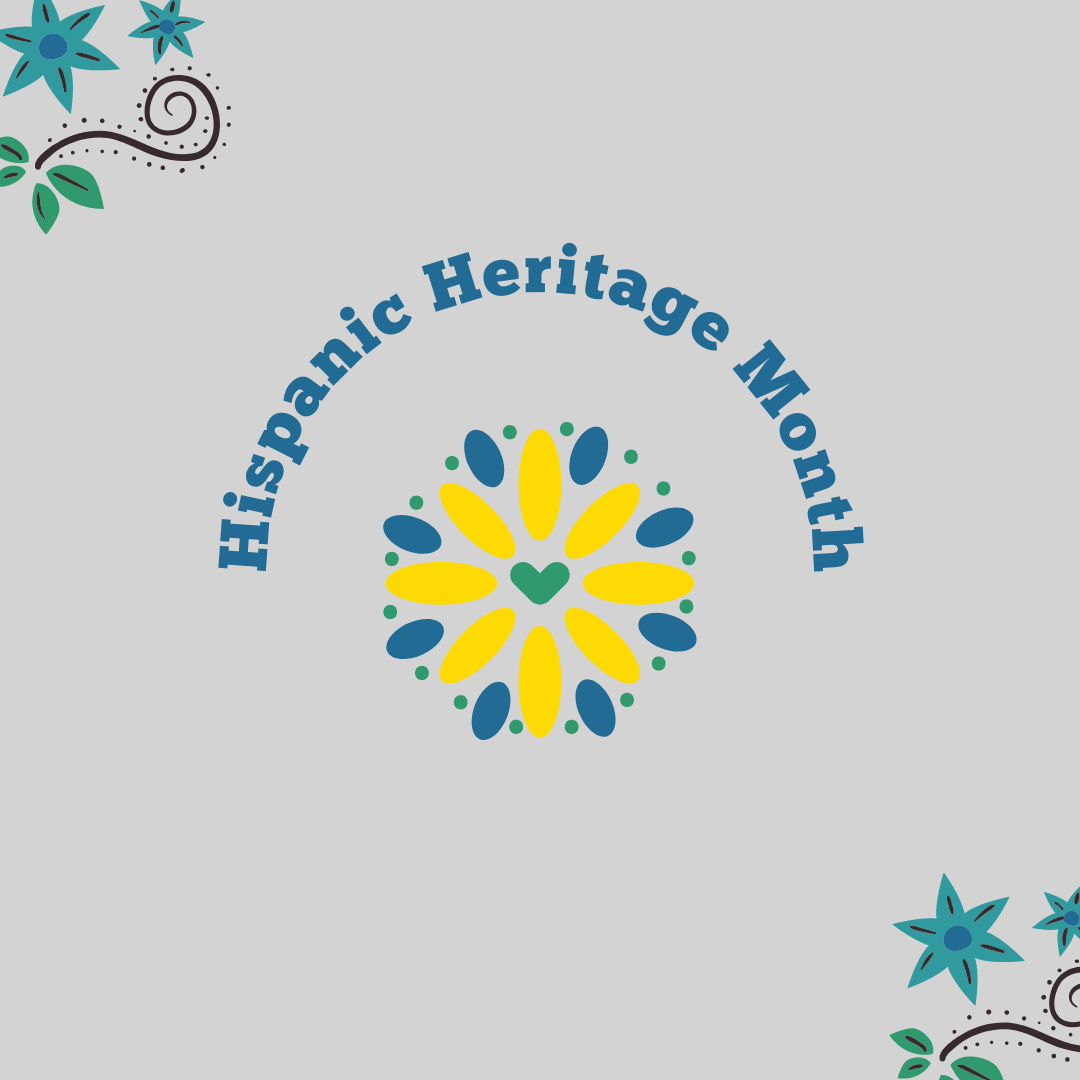“I require all my outside counsel to have a diverse team.”
National Hispanic Heritage Month — celebrated each year from September 15 to October 15 — honors the histories, cultures and contributions of American citizens whose ancestors came from Spain, Mexico, the Caribbean and Central and South America. As law firms post messages of support for Hispanic and Latinx communities this month, it’s important for them to reflect on whether their own internal structures are aligned with their external message of inclusion.
The statistics are disheartening. The percentage of lawyers who are Hispanic has only increased from 3% to 6% over the past ten years, and less than 3% of law firm partners identify as Latinx. This is a problem not just for attorney retention but for client retention, as GCs continue to demand more diversity in the legal teams that serve their companies. This recent Legal 500 profile of Jennifer Salinas, executive director for global litigation for Lenovo, draws on her own story to demonstrate that today’s GC clients are tired of the excuses law firms give and prioritize diversity in their decisions about who wins business. The whole article is worth a read, but here are the highlights:
On “belonging”
“At college, and especially at law school, it was very, very lonely. I didn’t feel like I belonged. If you are from a background where higher education is not the norm you carry a kind of imposter syndrome around with you. Even now, after a successful 20-year career that sense of being an outsider occasionally lurks back in. Every so often I will hear a comment and think, “oh my gosh, maybe this was all just a lucky streak”. Rationally, I know that is not true, but it is something I know a lot of minorities have to deal with in the workplace, and it was certainly something I had to deal with in my early career. I was surrounded by people who did not look or sound like me, and who very likely did not have the same experiences as me.”
On having a long memory
“A few years ago, I was at a dinner with a law firm and we got to talking about a particular judge who was African American. One of the partners dismissed this judge’s experience on the grounds that he was, “an affirmative action hire.” He was discussing a federal judge who went to a phenomenal school, yet felt comfortable using that language. A couple of years later we had a partnership retreat that included a D&I component. When it came to questions from the audience, I stood up and told this story. The lawyer who had made those comments was in the audience and knew exactly what I was talking about. I wasn’t going to publicly name and shame him, but it was my way of demonstrating the point that someone will sit through a discussion of D&I without being aware of this hypocrisy, or of how outrageous and damaging these beliefs are. This sort of prejudice in the legal profession is far more widespread than is commonly acknowledged.”
What true diversity looks like
“If you want to judge whether a company is truly diverse, look at the makeup of its wider management. Don’t just look at the diversity and inclusion committee, which is where you tend to find diverse people – look at who the decision-makers are and whether they are diverse. Then ask, what does that company consider a diverse team looks like? Is it just having a woman on the board, or is it a real mix of people who have got there because the company is prepared to promote talent wherever it sees it?”
And on where she takes her business
“I am proud to say that my entire team is diverse. I require all my outside counsel to have a diverse team. We request biannual reports giving the various demographics within the team, and more importantly we check what role each lawyer will play on a particular piece of work. Diverse talent needs to have an actual, critical, material role in the work, it can’t just be somebody who is there for optics.”
This year, let Hispanic Heritage Month be a catalyst that leads to action on policies that create a more inclusive culture.

